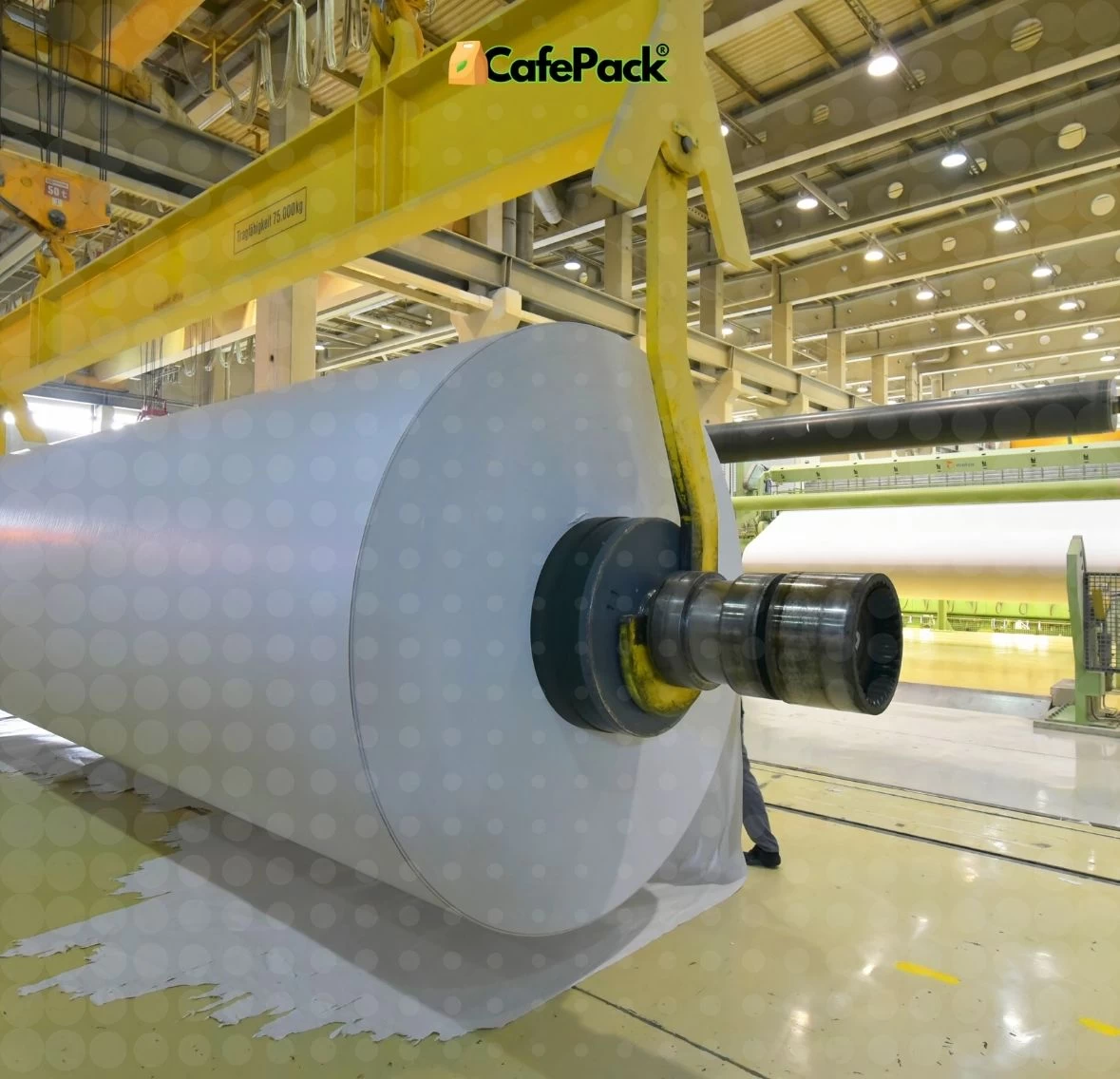Kraft Paper
Kraft paper is a type of paper known for its durability and environmentally friendly properties. It is usually produced from recyclable materials and is easily biodegradable. Kraft paper is used in many different applications such as food packaging, shopping bags and carrying boxes.
Bristol Paper
Bristol paper is a thick and durable type of paper. This type of paper contains high density fibers and therefore has a very smooth surface. It is used for quality printing jobs such as business cards, invitations and brochures.
Offset Paper
Offset paper is a widely preferred type of paper used in offset printing machines. It is generally used for high quality printing jobs. Ideal for newspapers, magazines and brochures. Glossy and matte surface options are available.
Coated Paper
Artized paper is a type of paper coated with a glossy or matte coating. This coating provides the paper with a higher gloss and smoothness. It is used in printing works where visual appeal is important, such as advertising brochures, catalogs and magazines.
Tracing Paper
Tracing paper is a type of paper known for its translucent structure. Technical drawings are widely used in engineering and architecture projects. Tracing paper makes drawing with a pencil easier and ensures that the drawings are clear.
Cheat Sheet
Copy paper is a type of thin paper used to create carbon copies. It is especially used in cases where more than one copy is required, such as invoices and order forms. Copy paper allows the information written or drawn on it to be transferred to the pages below.
Also;
For graphic designers, bristol paper is ideal for quality and durable prints. Additionally, kraft paper can be preferred for those looking for environmentally friendly packaging solutions.
Material Properties: Kraft paper is generally produced from 100% recycled materials. Bristol paper, on the other hand, consists of high density fibers and has a smooth surface. Offset paper is ideal for high-quality prints and often offers glossy or matte finish options. Coated paper provides high brightness and smoothness.
How is Paper Produced?
Modern Paper Production Process
Paper production takes place in large-scale factories equipped with modern technologies. Here are the production stages of paper:
1. Raw Material Supply
The most commonly used raw material for paper production is wood fibers. However, recycled paper and other vegetable fibers can also be used as raw materials. Wood fibers are generally obtained from sustainable forests.
2. Wood Chipping
Tree logs are turned into small chips using large machines. These chips will later be used to separate the fibers.
3. Separation of Fibers
Wood chips are separated into fibers by chemical or mechanical methods. Chemical methods remove lignin and other undesirable substances by treating the chips with chemicals. Mechanical methods, on the other hand, ensure the separation of fibers by physically crushing the chips.
4. Pulp Preparation
The separated fibers are mixed with water and various chemicals and turned into dough called pulp. This pulp forms the basic building block of paper.
5. Purification of Pulp
The pulp is purified from foreign substances and goes through various processes to reach the desired quality. At this stage, air bubbles in the pulp are also removed.
6. Paper Machine
The purified pulp is fed to the paper machines. First, the pulp is laid out on a wire and allowed to drain off excess water. Next, the pulp is compressed and passed through drying rollers. At this stage, the paper begins to take form.
7. Drying and Straightening
The paper is passed through drying cylinders to evaporate excess water. The dried paper is passed through flattening rollers to reach the desired thickness and smoothness.
8. Cutting and Packaging
In the final stage, the paper is rolled into large rolls and cut to the desired sizes. The cut papers are packaged and sent to warehouses or directly to customers.
Material Properties: The durability and quality of paper depends on the type of fibers used and the production process. Paper produced by chemical methods can be smoother and more durable, while paper produced by mechanical methods can be more economical.
